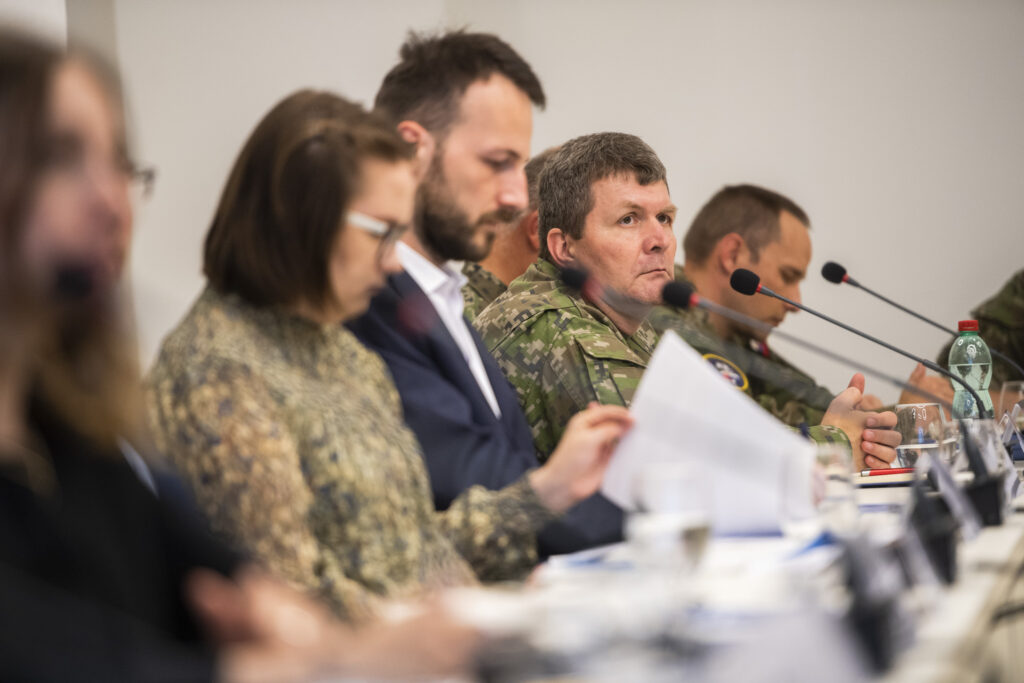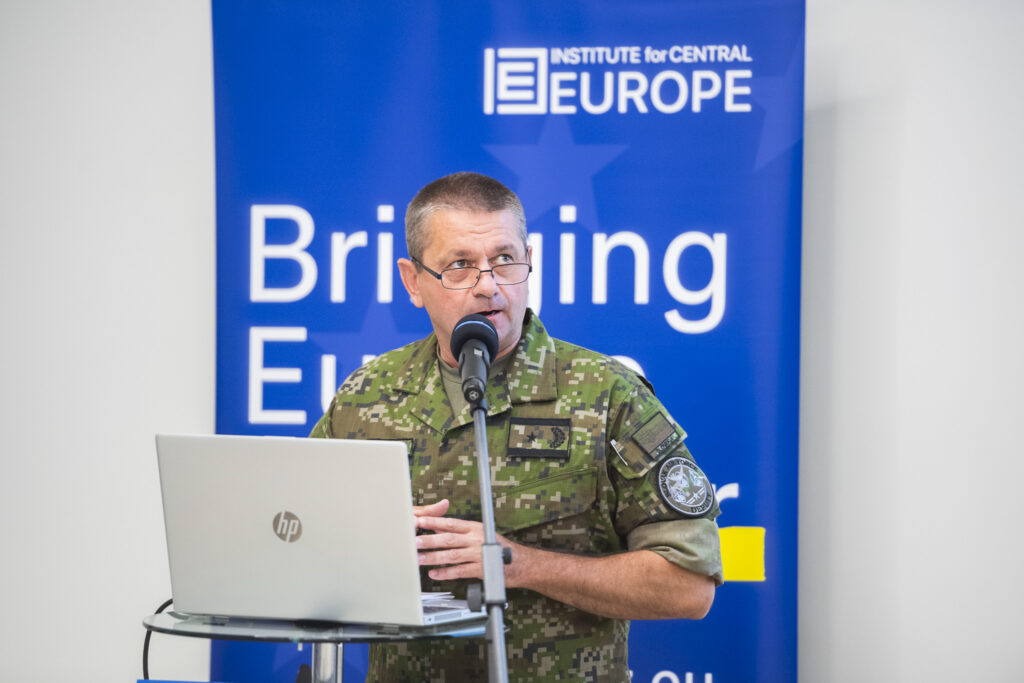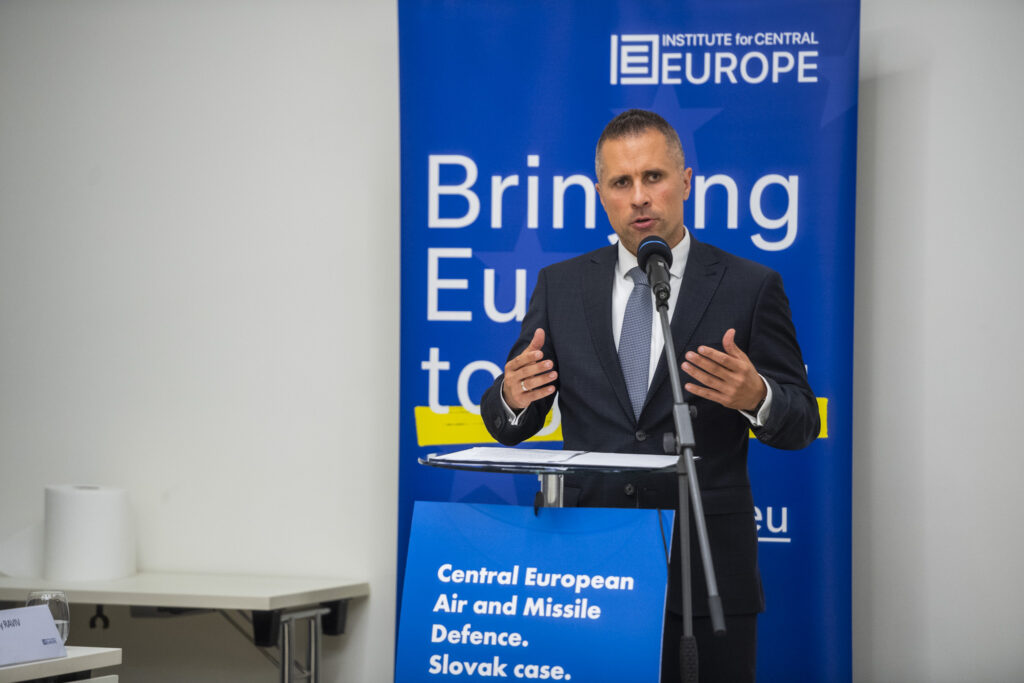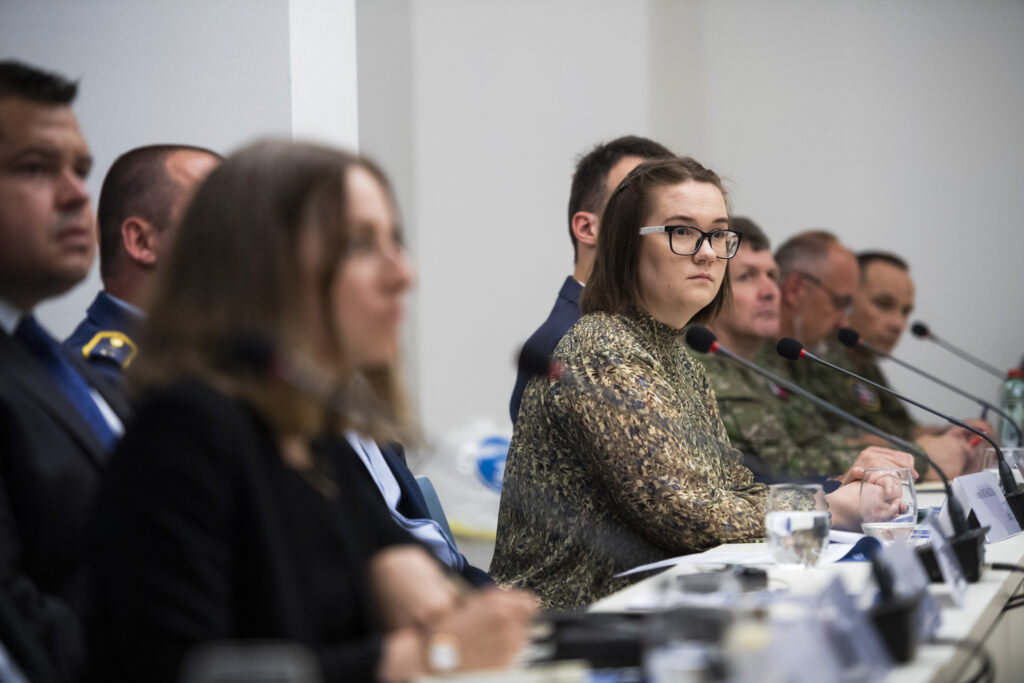The Institute for Central Europe is pleased to be the first organization, besides those involved in the deal, to obtain this information.
Malaysia will shortly conclude a deal for the Slovak made EVA wheeled self-propelled artillery. The final specifics of the Malaysian purchase have yet to be finalized, but it is anticipated that the order will be in the range of 16-18 pieces. Further details regarding production and potential licensing have not been revealed at this time. This deal will be the first export, and indeed order of, the EVA wheeled self-propelled howitzer.
Slovakia appears to be on something of a winning defence export success streak. Ukraine has bought and is now fielding EVA’s bigger sister, the ZUZANA 2. While to date only four of these systems have arrived in Ukraine, there is a contract for eight and the option for more deliveries in the future. Many observers will be keenly watching how this performs and undoubtedly measuring it up against its competitors that are also used in Ukraine. Current estimates suggest ZUZANA 2’s use will be most likely in the autumn when Ukraine will have completed crew training and has possession of all eight systems and can therefore operate a full battery of ZUZANA 2.

The successes of Slovak artillery exports are unlikely to stop at Malaysia and Ukraine as there is additional interest, particularly in EVA, in the Southeast Asian market. Both ZUZANA 2 and EVA have been recognized as top contenders for the upcoming Indonesian procurement plan for a wheeled self-propelled howitzer system. While Indonesia has purchased EVA’s competitor Caesar for its army, its Marine Corps has often operated different systems due to different operational requirements for its equipment. The successful export of EVA to neighbouring Malaysia will show the viability of the design and the ability of Slovak companies to strike attractive deals.
This potential is very real given the excellent performance achievable with the full suite of Slovak artillery offerings from the wheeled designs of ZUZANA 2 and EVA to the tracked DIANA. All three of these systems are in the NATO standard calibre of 155mm, with long 52 calibre guns for better range, and all possess multiple round simultaneous impact (MRSI) capability whereby they can fire several shells in staggered succession, so they impact as a single volley. In terms of distinguishing capability, EVA is the fastest on road of the family (at 90km/h on road and 30km/h off road). It offers good range at 41km (with the possibility to extend this further with specific ammunition types) and the highest operational range of action at 700km (how far it can travel in one trip). Like the rest of the family, it is equipped with an autoloader, helping keep the crew to three persons. This crew is well protected and cared for in an enclosed cabin complete with NBC protection and air conditioning (an often-overlooked asset that can be of real value in certain climates, most of which EVA can handle with a -30° to 50° operational temperature range). These attributes are well complemented by a quick set-up time and an excellent fire control system (FCS).
The above attributes are just a quick look at EVA’s capabilities. ZUZANA 2 and DIANA have their own unique characteristics that might make them more appealing under certain circumstances to specific customers. This is vital given that the market for Slovak artillery will not end in Malaysia or Indonesia. Sticking just to the Southeast Asian markets there are other potential customers and for practical and policy reasons both Russia and China will likely struggle in these markets in the coming years. While Western companies have fared better, there remains a great opportunity for Slovakia. For example, several years ago Vietnam was reportedly interested in the French Caesar. However, this to no purchases despite some reports to the contrary.
Perhaps the French loss could be a Slovak gain? Certainly, it looks like Southeast Asia could be the region that may secure the export future of Slovak artillery.












